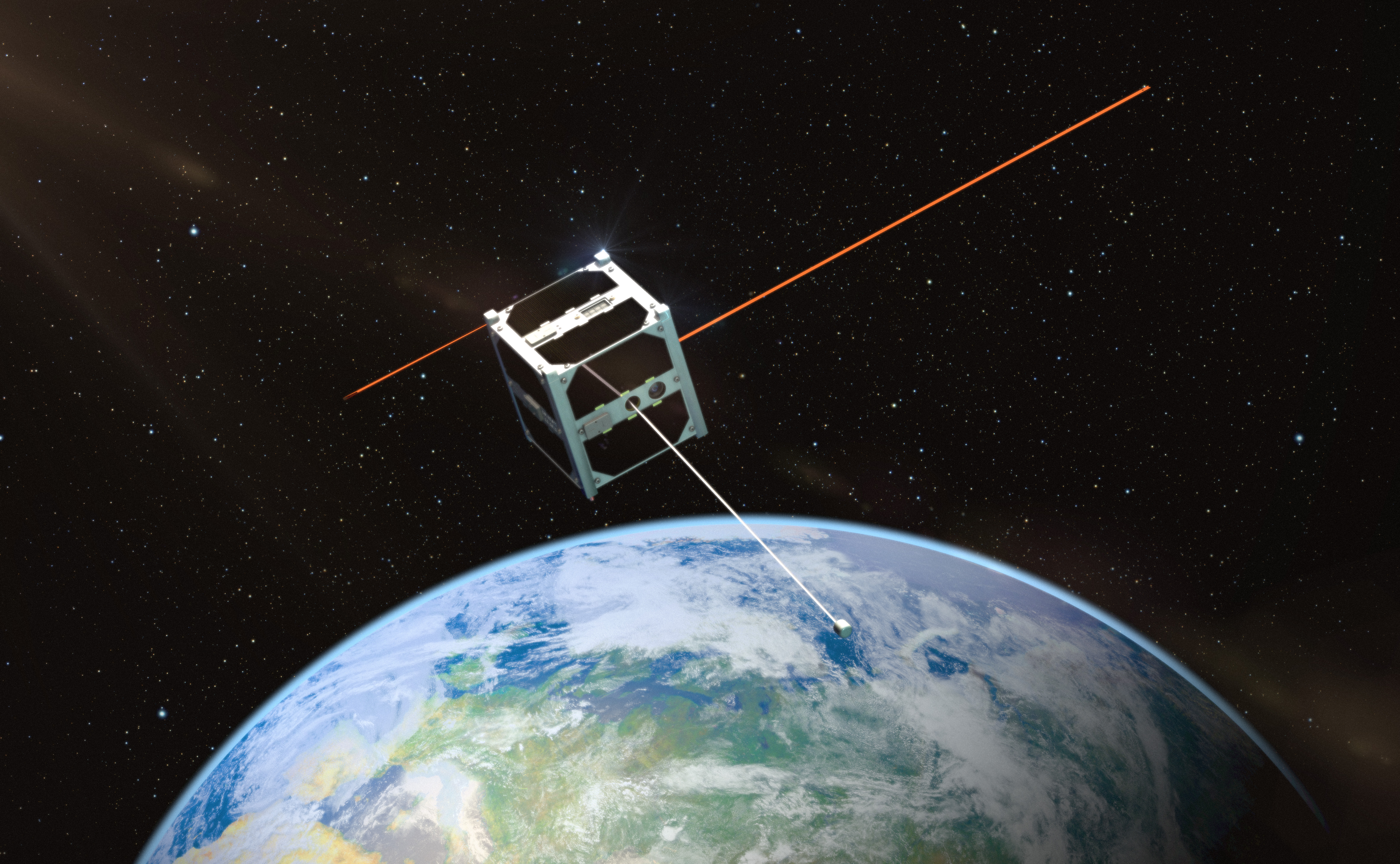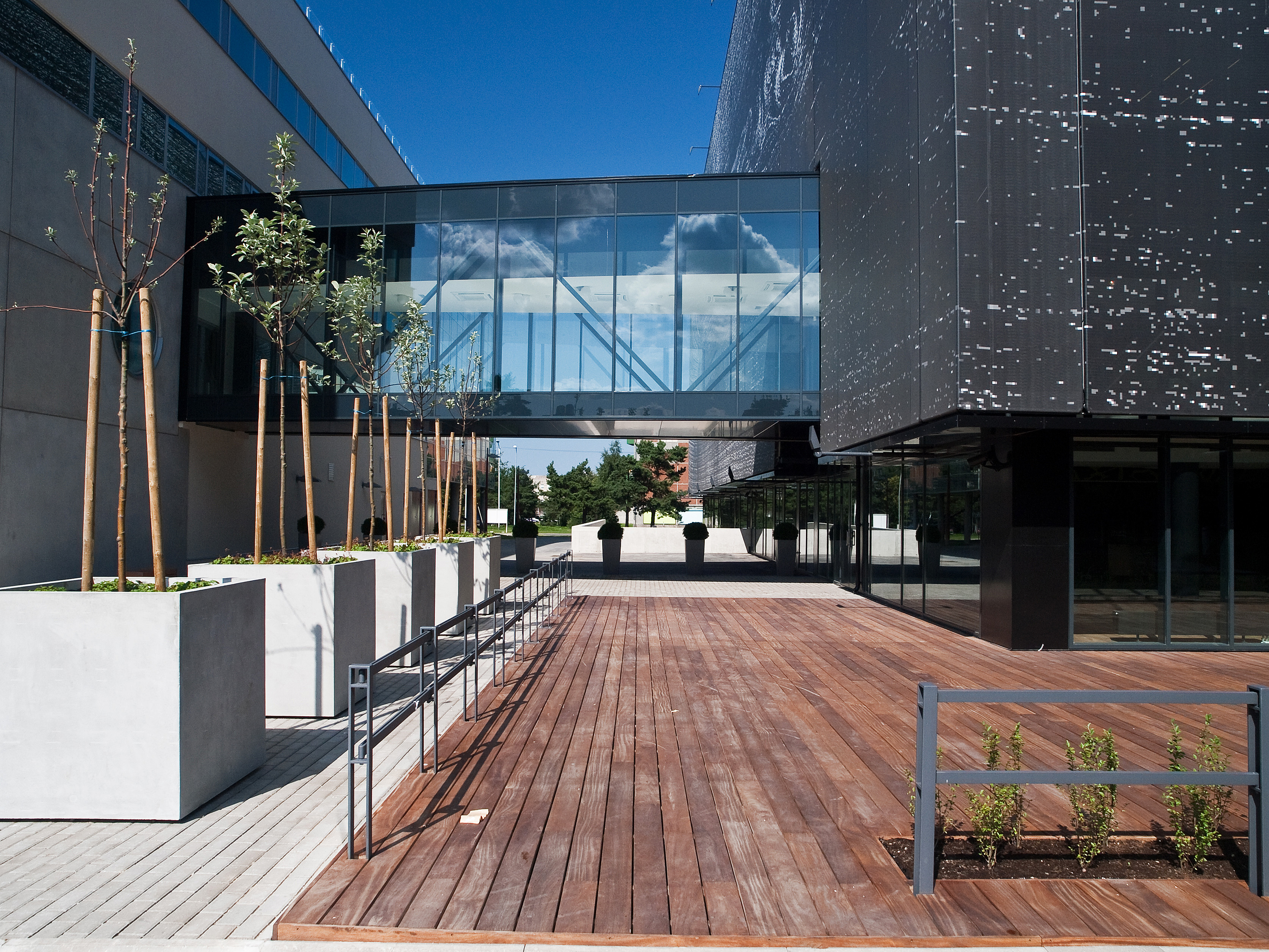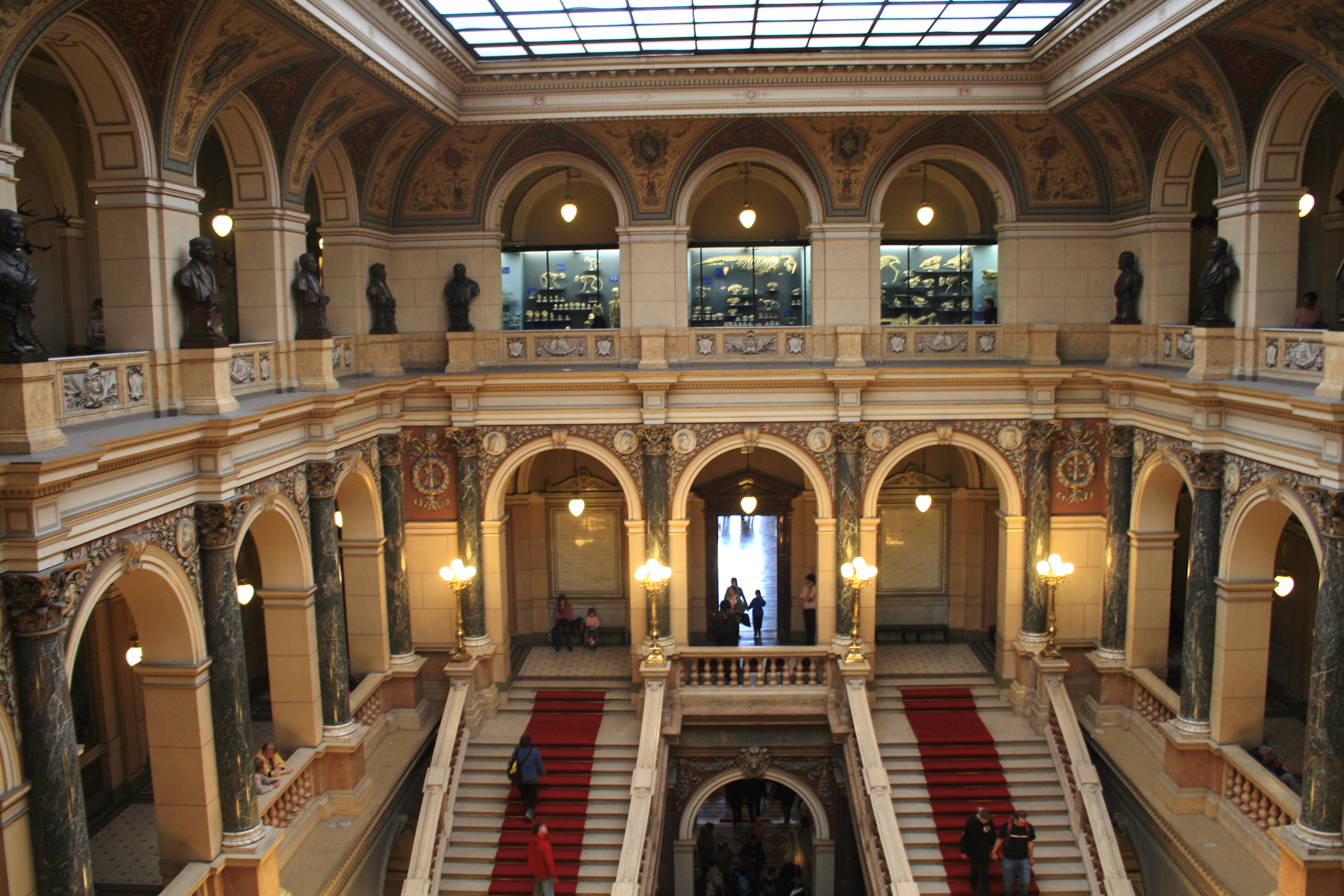|
Consortium Of European Taxonomic Facilities
The Consortium of European Taxonomic Facilities (CETAF) is a taxonomic research network formed by scientific institutions in Europe. It was formed in December 1996 by ten of the largest European natural history museums and botanical gardens to be a voice for taxonomy and systematic biology in Europe, to promote scientific research and access to European natural history collections, and to exploit European funding opportunities. Since then, CETAF has served as a meeting point for major European natural history museums and botanical gardens, and has initiated and played an important role in a number of projects (see ''Initiatives and related projects'' section below). Currently, CETAF has 37 members, which constitute a total of 63 institutions spanning 22 European countries (see ''Members'' section below). One of these members, the Royal Belgian Institute of Natural Sciences, also hosts CETAF's General Secretariat. Together, CETAF institutions hold a large fraction (''c''. 500 mi ... [...More Info...] [...Related Items...] OR: [Wikipedia] [Google] [Baidu] |
Meise Botanic Garden
Meise Botanic Garden (; ), until 2014 called the National Botanic Garden of Belgium (; ), is a botanical garden located in the grounds of Bouchout Castle in Meise, Flemish Brabant, just north of Brussels. It is one of the world's largest botanical gardens, with an extensive collection of living plants and a herbarium of about 4 million specimens. The current garden was established in 1958 after moving from central Brussels; the former site is now the Botanical Garden of Brussels. Meise Botanic Garden contains about 18,000 plant species — about 6% of all the world's known plant species. Half are in greenhouses, the other half, including cultivated and indigenous plants, are outdoors. The ''Index Herbariorum'' code assigned to this botanic garden is BR, which is used when citing housed specimens. The botanic garden's mission statement specifies increasing and spreading "the knowledge of plants" and contributions to "the conservation of biodiversity". Research at the garden is p ... [...More Info...] [...Related Items...] OR: [Wikipedia] [Google] [Baidu] |
Finnish Museum Of Natural History
The Finnish Museum of Natural History (, ), established in 1988, is a research institution under the University of Helsinki in Finland, based in Helsinki, Finland. It is a natural history museum responsible for the national botanical, zoological, geological and paleontological collections, which consist of samples from around the world. The collections serve scientific, public informational and educational purposes. In regard to locations and buildings, the museum is divided into three: The Natural History Museum, the Kaisaniemi Botanic Garden, and the Kumpula Botanic Garden. From 1869 to 2014 it also included an independent geological department, but that has now been moved to the Kumpula Botanic Garden. Research units ;Botany Unit *Botanical Museum maintains the national herbarium of Finland containing 3,3 million specimens of plants, mosses and fungi. *Botanic Gardens maintain a collection of living plants for education and research; is responsible for international seed ... [...More Info...] [...Related Items...] OR: [Wikipedia] [Google] [Baidu] |
University Of Tartu
The University of Tartu (UT; ; ) is a public research university located in the city of Tartu, Estonia. It is the national university of Estonia. It is also the largest and oldest university in the country.About the University University of Tartu The university was founded under the name of ''Academia Gustaviana'' in 1632 by Baron Johan Skytte, the of Swedish Livonia, |
Tallinn University Of Technology
Established in 1918, Tallinn University of Technology (TalTech; ) is the only Institute of technology, technical university in Estonia. TalTech, in the capital city of Tallinn, is a university for engineering, business, public administration and maritime affairs. TalTech has colleges in Tartu and Kohtla-Järve. Despite the similar names, Tallinn University and Tallinn University of Technology are separate institutions. History In the early twentieth century, Estonia recognised an urgent need for locally trained engineering specialists. Until then, young people from Estonia had received their specialist education in Saint Petersburg, St. Petersburg, Germany or Riga. Opportunities had to be sought for engineering-minded people to acquire an Estonian-based education which was adapted to local conditions and needs; Estonia was in the process of establishing itself as an independent country. On 17 September 1918, the Estonian Engineering Society opened an Estonian-based engineeri ... [...More Info...] [...Related Items...] OR: [Wikipedia] [Google] [Baidu] |
Estonian University Of Life Sciences
The Estonian University of Life Sciences ( Estonian: ''Eesti Maaülikool'', EMÜ) is a public university located in Tartu, Estonia. Its roots trace back to 1802 when the Chair of Agriculture was founded in the University of Tartu. EMÜ is the fourth largest public university in Estonia. EMÜ is, by its own claim, the only university in Estonia whose priorities in academic and research activities provide the sustainable development of natural resources necessary for the existence of Man as well as the preservation of heritage and habitat. EMÜ is a centre of research and development in such fields as agriculture, forestry, animal science, veterinary science, rural life and economy, food science and environmentally friendly technologies. The university is a member of the BOVA university network. The university is ranked among the top 100 universities in the world in the fields of agriculture and forestry. Institutes As of 1 January 2022, teaching and research are carried out i ... [...More Info...] [...Related Items...] OR: [Wikipedia] [Google] [Baidu] |
Estonian Museum Of Natural History
The Estonian Museum of Natural History (EMNH; Estonian: ''Eesti Loodusmuuseum'') is the Estonian national museum for natural history. It is situated in Tallinn's Old Town. The museum focuses on natural history and nature education, offering its visitors a tour in the wilderness of Estonia. History The origins of the museum goes back to the Estonian Literary Society's museum founded in 1842 and renamed to the Provincial Museum in 1864. This museum was active in exploring the natural sciences, an area that increased in significance at the museum in 1872 when Alexander von der Pahlen (1820–1895) began to contribute to the collection. Pahlen was later elected chairman and under his leadership the collection continued to grow. As the collection grew, a new building on Kohtu Street was purchased in 1911 to house it. During World War I, due to passive resistance, the museum's collection were not moved to Russia. The Provincial Museum continued to operate under the Arts and Heri ... [...More Info...] [...Related Items...] OR: [Wikipedia] [Google] [Baidu] |
Estonian Academy Of Sciences
Founded in 1938, the Estonian Academy of Sciences (, ) is Estonia's national academy of science in Tallinn. As with other national academies, it is an independent group of well-known scientists whose stated aim is to promote research and development, encourage international scientific cooperation, and disseminate knowledge to the public.Academy web page at the Estonian Academy of Sciences. Accessed on line September 12, 2007. As of March 2017, it had 77 full members and 20 foreign members. Since 15 October 2014, the president of the Academy is the mathematician Tarmo Soomere.Facts of history web page at the Estonian Academy ... [...More Info...] [...Related Items...] OR: [Wikipedia] [Google] [Baidu] |
Natural History Museum Of Denmark
The Natural History Museum of Denmark () is a natural history museum located in Copenhagen, Denmark. It is affiliated with the University of Copenhagen The museum became an organizational entity in 2004 with the merger of Copenhagen's Zoological Museum, Geological Museum, Botanical Museum and Central Library, and Botanical Gardens.(Zoological Museum, Geological Museum, Botanical Museum and Botanical Garden). The collections of the Natural History Museum Denmark belong to the Danish state and the museum has the responsibility, under the Museum Act, for managing the collections and associated research and dissemination. The Natural History Museum Denmark has exhibitions at its main address on Øster Voldgade 5-7. In addition, the museum holds lectures, guided tours and events that focus on the collections, the Botanical Garden and the researchers' current research. The museum has a school service that offers teaching to students. As planned, the museum will open a new building i ... [...More Info...] [...Related Items...] OR: [Wikipedia] [Google] [Baidu] |
National Museum (Prague)
The National Museum (NM) (Czech language, Czech: ''Národní muzeum'') is a public museum dedicated to natural scientific and historical collections of the Czech Republic, its History of the Czech lands, history, Culture of the Czech Republic, culture and Czechs, people, among others. The museum was founded in 1818 by Kaspar Maria von Sternberg, Kašpar Maria Šternberg. Historian František Palacký was also strongly involved in the foundation of the museum. The National Museum houses nearly 14 million items from the areas of natural history, history, arts, music and librarianship, which are located in dozens of museum buildings. The main hall of the National Museum is located on Wenceslas Square in downtown Prague. Built in Renaissance Revival architecture, neo-renaissance style in 1891, the building underwent significant restoration from 2011 to 2018 to mark the centennial of the Czechoslovak declaration of independence, Czech and Czechoslovak declaration of independence. Due ... [...More Info...] [...Related Items...] OR: [Wikipedia] [Google] [Baidu] |
Czech Academy Of Sciences
The Czech Academy of Sciences (abbr. CAS, , abbr. AV ČR) was established in 1992 by the Czech National Council as the Czech successor of the former Czechoslovak Academy of Sciences and its tradition goes back to the Royal Bohemian Society of Sciences (founded in 1784) and the Emperor Franz Joseph Czech Academy for Sciences, Literature and Arts (founded in 1890). The academy is the leading non-university public research institution in the Czech Republic. It conducts both fundamental and strategic applied research. It has three scientific divisions, namely the Division of Mathematics, Physics, and Earth science, Earth Sciences, Division of Chemistry, Chemical and life science, Life Sciences, and Division of Humanities and Social Sciences. The academy currently manages a network of sixty research institutes and five supporting units staffed by a total of 6,400 employees, over one half of whom are university-trained researchers and Ph.D. scientists. The Head Office of the academy a ... [...More Info...] [...Related Items...] OR: [Wikipedia] [Google] [Baidu] |
Charles University In Prague
Charles University (CUNI; , UK; ; ), or historically as the University of Prague (), is the largest university in the Czech Republic. It is one of the oldest universities in the world in continuous operation, the oldest university north of the Alps and east of Paris. Today, the university consists of 17 faculties located in Prague, Hradec Králové, and Plzeň. History Medieval university (1349–1419) The establishment of a medieval university in Prague was inspired by Holy Roman Emperor Charles IV. He requested his friend and ally, Pope Clement VI, to create the university. On 26 January 1347, the pope issued the bull establishing a university in Prague, modeled on the University of Paris, with all four faculties, including theology. On 7 April 1348 Charles, the king of Bohemia, gave to the established university privileges and immunities from the secular power in a Golden Bull and on 14 January 1349 he repeated that as the King of the Romans. Most Czech sources sinc ... [...More Info...] [...Related Items...] OR: [Wikipedia] [Google] [Baidu] |





